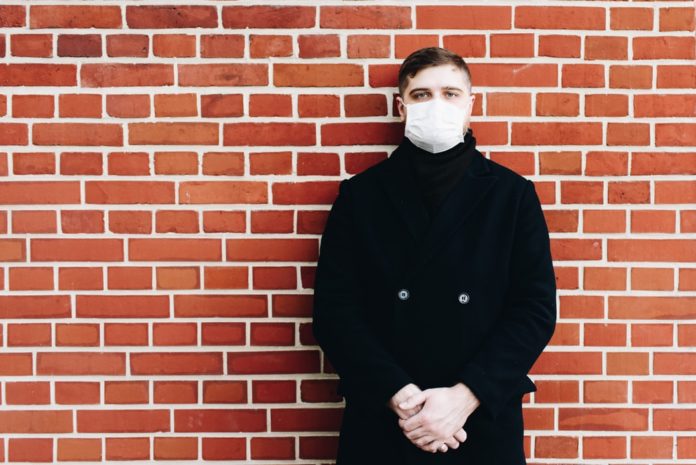As everyone knows, from 1 June, non-medical masks are compulsory for travelling on public transport. That’s because it can be difficult for people to keep the required 1.5m distance from each other.
But how should you use these masks for the best protection? And does this mean we have more freedom? The Dutch Red Cross tries to answer these questions. “Firstly, wash your hands with soap and water for at least 20 seconds,” reads the article on their website. It goes on to say you should use the strings or elastic bands to place the mask over your mouth and nose.
“Don’t touch the inside. Make sure the mask fits your face perfectly and covers your nose and mouth completely.” They recommend you touch the mask as little as possible as the outside may have become infected. “Pull the mask off over the back of your head. And again, use only the string or elastic bands.”
Wash, wash, wash your hands
Once you have taken the mask off, you must rewash your hands. “Use the mask for a maximum of three hours at a time. “If your mask is reusable, keep it as sterile as possible until you can wash it.” Masks must be washed at, at least, 60°C. “Don’t use fabric softener and, again, don’t forget to wash your hands with soap for 20 seconds after you put the mask in the washing machine.”
An increasing number of large stores, webshops, and pharmacies now sell non-surgical masks. But you can also make them yourself. The Red Cross will soon be releasing an official instruction video on this. They already have instructions (in Dutch) on their website.
“A non-medical mask, however, only provides limited protection,” reads the article. “It’s, therefore, not a substitute for keeping others at a distance, following the hygiene measures, and the (home) isolation of people with health problems. Moreover, a mask’s meant to prevent you from spreading the disease, not the other way around.”
Source: Dutch Red Cross
Translation: Melinda Walraven











